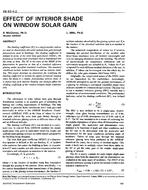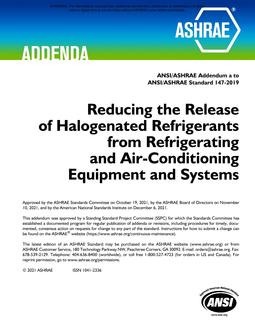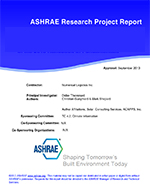Click here to purchase
Clean spaces are defined as areas in which particle
concentration and environmental conditions are controlled at or within specified
limits. Design of clean spaces (or cleanrooms) covers much more than
traditional control of air temperature and humidity. Additional factors may
include control of particle, microbial, electrostatic discharge (ESD),
molecular, and gaseous contamination; airflow patterns; air pressurization;
sound and vibration; environmental health; life safety; industrial engineering
aspects; and manufacturing equipment layouts. The objective of good cleanroom
design is to maintain effective contamination control while ensuring required
levels of reliability, productivity, installation, and operating costs.
Terminology
Clean Spaces and Cleanroom Applications
Airborne Particles and Particle Control
Air Pattern Control
Airflow Direction Control Between Clean Spaces
Testing Clean Air and Clean Spaces
Pharmaceutical and Biomanufacturing Clean Spaces
Start-Up and Qualification of Pharmaceutical Cleanrooms
Semiconductor Cleanrooms
High-Bay Cleanrooms
Environmental Systems
Sustainability and Energy Conservation
Noise and Vibration Control
Space Construction and Operation
Cleanroom Installation and Test Procedures
Integration of Cleanroom Design and Construction
Life and Property Safety
No. of Pages: 33
Citation: 2019 ASHRAE Handbook¿¿¿HVAC Applications
Product Details
- Published:
- 2019
- Number of Pages:
- 33
- Units of Measure:
- Dual
- File Size:
- 1 file , 32 MB
- Product Code(s):
- D-A192019IP


